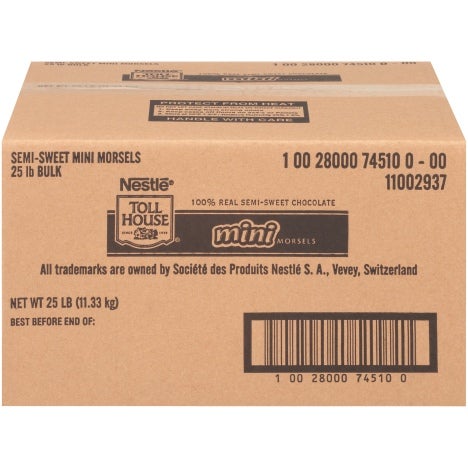
- Trends & Insights
- Sustainability
9 Ways to Reduce Food Waste
With benefits that are both bottom-line and earth-friendly, reducing food scraps and waste is smart business. Here are easy ways to trim the toss.
If you think throwing out meat trims, orange peels, and past-prime fruit doesn’t make a big difference, consider data from the not-for-profit food-rescue group ReFED:
- In the United States, an estimated 38% of food is unsold or uneaten. Put in dollars, it calculates to $444 billion
- Globally, food waste accounts for 8% to 10% of greenhouse gas emissions
- Food that’s grown, processed, transported, and tossed has the same climate footprint as the entire U.S. aviation industry—passenger, commercial, and military
While ReFED doesn’t break out numbers by sector, foodservice contributes its share. With 10% of industry food purchases believed to be wasted, reducing that number makes sense on financial, operational, and sustainability levels. Here are nine easy ways to trim your toss.
- Establish a culture of creating less waste, both pre- and post-use. Smart ordering, inventory, and production management, labeling food with names and use-by dates, good storage and holding techniques, and disciplined use of a first-in, first-out system are great places to start.
- Design menus with space to improvise. Consider names like “autumn-root soup” instead of “curried celery root, parsnip, and pumpkin soup” to give the kitchen more flexibility with ingredients. Daily specials, too, can be built around inventory-control needs.
- Don’t be afraid that an item might have to be 86ed, that scenario is better than overpurchasing and ending up with excess.
- Aim for multiple uses for all food products. If arugula is needed to top a pizza or sandwich, add it to a salad or pasta dish as well.
- Looking at the ingredients used, amount sold, and labor involved in production, weigh the benefits of using more shelf-stable speed-scratch products instead of housemade. It might make sense to source a prepared product for something such as a finishing sauce that might require bringing in single-use ingredients.
- Look for patterns in foods that customers leave uneaten, then adjust portions as needed. The largest source of food waste in the foodservice industry, according to ReFed, is plate waste. Fried items, salads, and frozen desserts are among those likely to land in trash bins rather than to-go bags.
- Rethink amounts for buffet-style service and catered events. Say it’s a breakfast meeting for 25 guests with muffins, doughnuts, and bagels. Instead of 25 of each item, go for smaller numbers. It’s unlikely anyone will fuss about having to have a bagel rather than a doughnut.
- Consider produce items holistically. Carrots with greens present three uses: pesto-type sauces from tops, stocks from peelings, and the usual end points for the actual carrots. For greens such as Swiss chard, if stems are tossed to favor tender leaves, the cost per pound effectively doubles. Similarly, protein trims should be saved for stocks, stews, soups, casseroles, and salads.
- Establish communication and a flow of ingredients between stations. Clue in the bar that citrus twists can be made from juiced halves and that all sorts of trims are ready to infuse spirits for custom cocktails or make simple syrups. From flavored syrups to sauces, pies, and the like, pastry stations will find uses for fruit, vegetable, and herb trims while prep cooks will find gold in produce trims, making vinegars, preserved lemons, tomato water, chutney, preserves, pickles, and more.
The information provided is based on a general industry overview and is not specific to your business operation. Each business is unique, and decisions related to your business should be made after consultation with appropriate experts.






